Can originally harmless saprophytic fungi also have an effect on the Scots pine dieback?
In the last twenty years, there has been a sharp increase of Scots pine stands dieback initiated by drought stress in many European countries. Long-term drought leads to the development of a number of biotic harmful agents and to a decrease in the resistance of tree species to them. Currently, new harmful fungi species are appearing and previously common harmless species are beginning to show themselves aggressively.
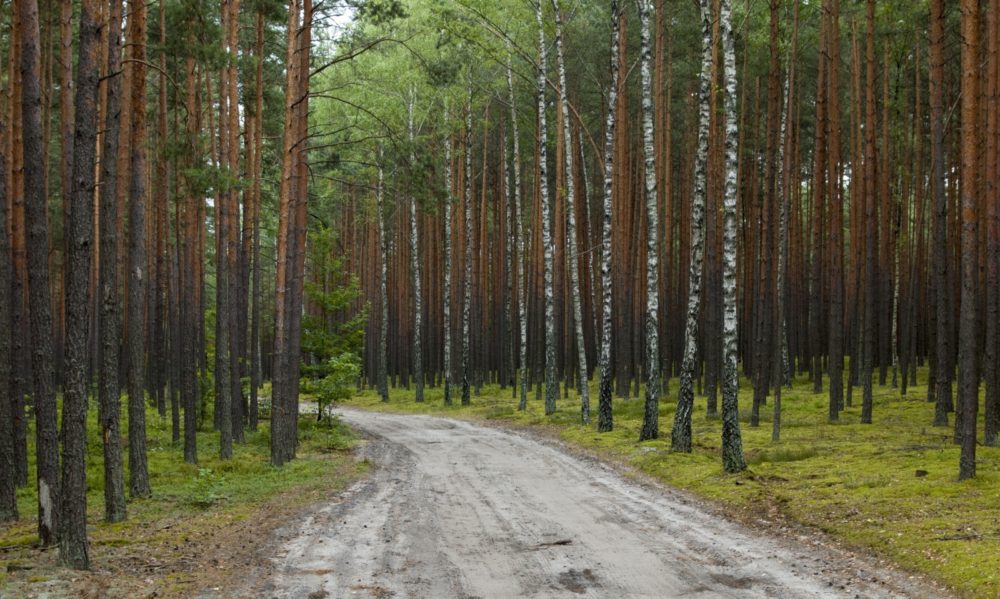 Among the biotic factors, bark beetles play a fundamental role in the Scots pine dieback in the Czech Republic, most often the engraver beetle, large pine bark beetle, steel blue jewel beetle, and the sirex woodwasp. The infestation of Scots pine stands by European mistletoe is also noticeably increasing.
Among the biotic factors, bark beetles play a fundamental role in the Scots pine dieback in the Czech Republic, most often the engraver beetle, large pine bark beetle, steel blue jewel beetle, and the sirex woodwasp. The infestation of Scots pine stands by European mistletoe is also noticeably increasing.
As for fungi pathogens, Scots pine forest stands – weakened by long-term drought – have been affected mainly by honey fungus and Diplodia tip blight.
One of the unanswered questions is whether originally harmless saprophytic fungi, which only cause the wood to turn blue, can have an effect on the Scots pine dieback. An important group of these fungi, there are the ophiostomatiod fungi, which are saprotrophic or occasional parasites living mainly in the sapwood and sapwood of trees.
Scientists from VÚLHM, v. v. i., focused on the research of this group of fungi, and published their results in the journal Zprávy lesnického výzkumu 1/2023 in the article Ophiostomatální houby v porostech borovice lesní postižených dlouhodobým suchem (Ophiostomatiod fungi on Scots pine (Pinus sylvestris L.) stands affected by long-term drought.
In their work, they evaluated the presence of these fungi depending on the sampling period, location, age of the trees, defoliation and the presence of other organisms, and assessed their
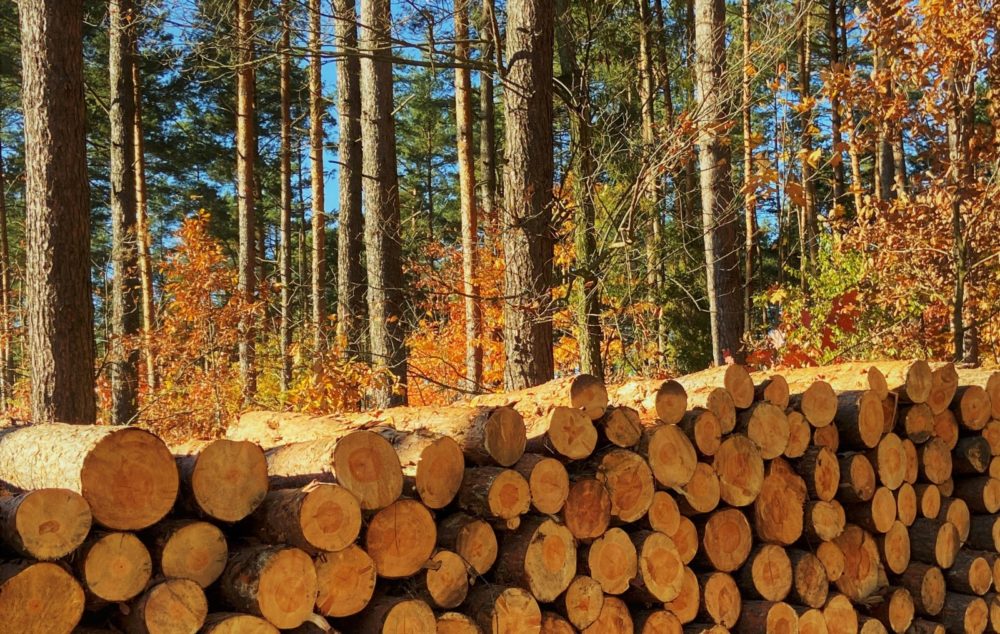 Phytopathologically, the most significant ophiostomatiod fungi are representatives of the genera Ceratocystis and Ophiostoma. Ceratocystis minor and Ceratocystis ips are the most common representatives of Scots pine in Central Europe. Their occurrence is strongly related to attack by bark beetles and drought stress.
Phytopathologically, the most significant ophiostomatiod fungi are representatives of the genera Ceratocystis and Ophiostoma. Ceratocystis minor and Ceratocystis ips are the most common representatives of Scots pine in Central Europe. Their occurrence is strongly related to attack by bark beetles and drought stress.
Scientists have recorded strong virulence in the fungi Ceratocystis minor, Leptographium wingfieldii, Leptographium lundbergii, Leptographium procerum, causing root decay of pines, and Grosmannia wageneri, causing root decay of conifers.
In the spread of ophiostomatiod fungi, vectors, especially bark beetles and mites, play a significant role.
Four localities (Valtice, Příšťpo, Brodce, and Vrbová Lhota) with pine stands affected by drought were selected for the study. At each location, two trees corresponding to the age of the stand were felled: 30–40 and 50–90 years. In total, 24 trees were cut down in the spring, summer and autumn of 2020. Sections (discs) from the lower and middle parts of stems and branches were taken from each.
Ophiostomatiod fungi were found on 24 discs out of a total of 72 discs (33%) – on 12 trees out of a total of 24 trees (50%). The highest number of discs with these fungi was recorded in autumn (17), then in summer (6) and the least in spring (1).
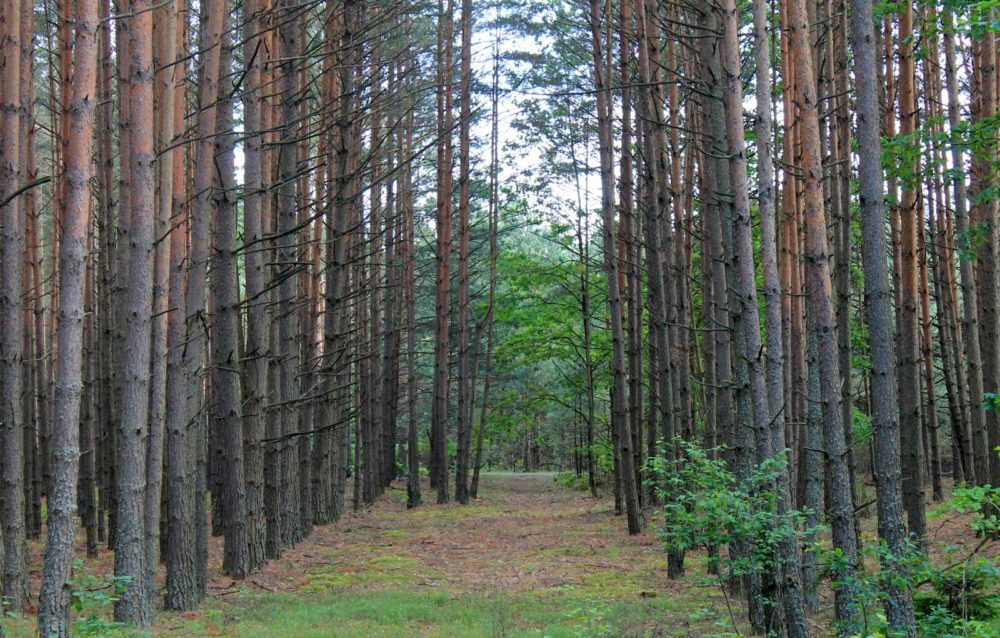 The presence of ophiostomatiod fungi correlated significantly with the presence of spider mites, whereas this relationship showed direct proportionality. Spider mites were present on 22 reels (31%). Spider mites are the most important organisms that feed on the mycelium and spores of ophiostomatiod fungi, which could explain the significant coincidence of the presence of these fungi with the presence of mites on discs.
The presence of ophiostomatiod fungi correlated significantly with the presence of spider mites, whereas this relationship showed direct proportionality. Spider mites were present on 22 reels (31%). Spider mites are the most important organisms that feed on the mycelium and spores of ophiostomatiod fungi, which could explain the significant coincidence of the presence of these fungi with the presence of mites on discs.
Also, the presence of these fungi significantly coincided with the presence of Nematocera larvae on 21% wood cross-section samples (i.e. on 15 discs).
Ophiostomatiod fungi occur more frequently on wood cross-section samples of heavily defoliated pines, whereas only virulent species play role in the host decline. Mites are the most important organisms that feed on the mycelium and spores of ophiostomatiod fungi, which may explain their co-occurrence. The Nematocera larvae colonized wood cross-section samples after their sampling, probably due to cultivated ophiostomatiod fungi, on which the larvae fed. So, the occurrence of Nematocera larvae was not related to the health status of Scots pine trees. Neither Trichoderma sp. nor European mistletoe were related to presence of ophiostomatiod fungi
Trichoderma sp. was present on 100% wood cross-section samples. However, their occurrence on Scots pine was not related to the withering of the trees or the presence of the studied fungi.
Differences in the presence of ophiostomatiod fungi were not statistically significant depending on site, tree age, disc origin, or defoliation.
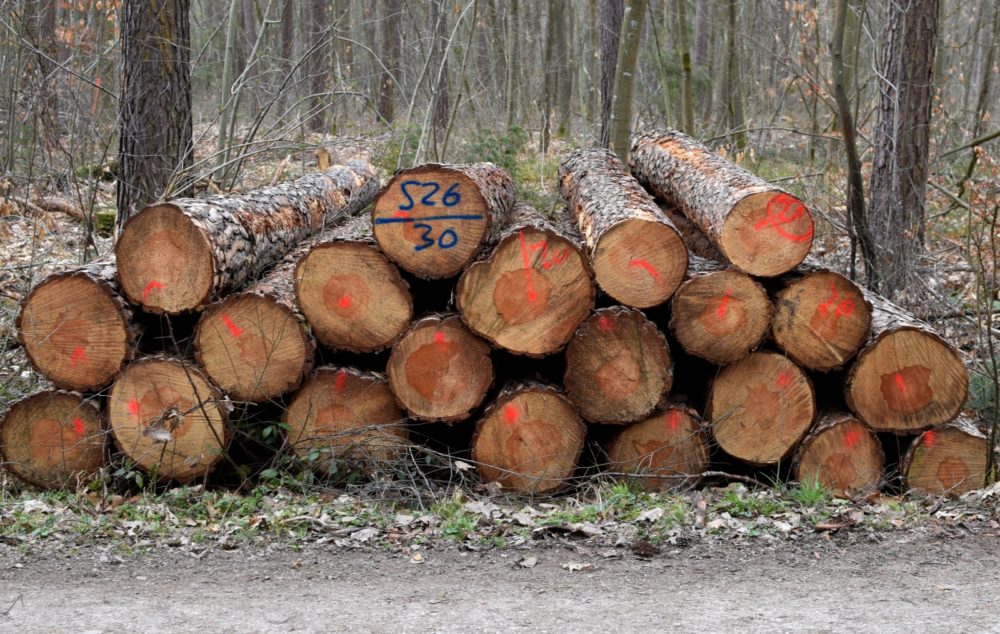 The presence of ophiostomatiod fungi did not differ significantly between sites. The more frequent occurrence of these fungi in the conductive tissues of tree species is usually associated with drought. The location Vrbová Lhota was characterized by the lowest air humidity. However, differences in weather conditions between locations were not significant.
The presence of ophiostomatiod fungi did not differ significantly between sites. The more frequent occurrence of these fungi in the conductive tissues of tree species is usually associated with drought. The location Vrbová Lhota was characterized by the lowest air humidity. However, differences in weather conditions between locations were not significant.
The effect of age (30–40 vs. 50–90 years) or stem diameter (older trees had a larger stem diameter) was not significant on the presence of these fungi The age of the trees itself is probably not related to the attack by these fungi, but old trees may be attacked by them more often due to their more frequent poor health.
Ophiostomatiod fungi appear more frequently on discs of very heavily defoliated pine trees, with only virulent species involved in host wilting.
The presence of European mistletoe was not directly or inversely related to the presence of ophiostomatiod fungi. The incidence and phytopathological significance of European mistletoe and ophiostomatiod fungi significantly increases in Scots pine being stressed by drought, but no study has demonstrated a direct relationship between the occurrence of mistletoe and these fungi on Scots pine.
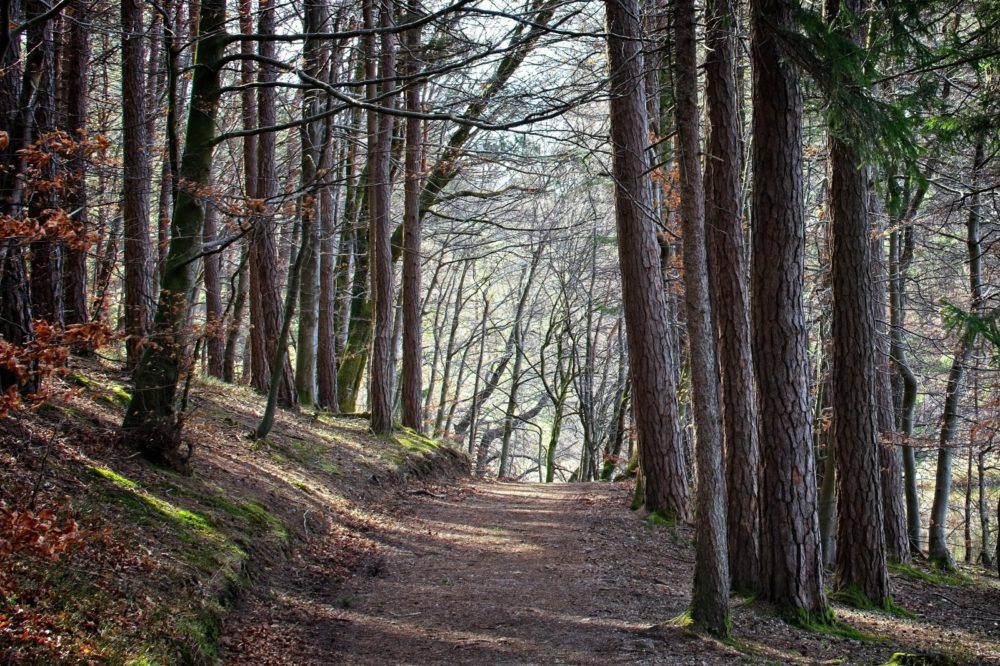 In conclusion, the researchers concluded that, although ophiostomatiod fungi were present in a total of one-third of the discs and half of Scots pine individuals and were found in all research sites on trees of different ages, these trees did not show increased defoliation, higher attacks by bark beetles, European mistletoe, or other signs of deteriorated health status compared to trees without the presence of these fungi in the sampled discs.
In conclusion, the researchers concluded that, although ophiostomatiod fungi were present in a total of one-third of the discs and half of Scots pine individuals and were found in all research sites on trees of different ages, these trees did not show increased defoliation, higher attacks by bark beetles, European mistletoe, or other signs of deteriorated health status compared to trees without the presence of these fungi in the sampled discs.
This means, that ophiostomatiod fungi do not yet belong to the significant factors involved in the declining and dieback of Scots pine in stands affected by long-term drought in the Czech Republic.
Author of paper: Ing. František Lorenc, Ph.D., FGMRI (VÚLHM, v. v. i.), e-mail: lorenc@vulhm.cz
Paper Ophiostomatální houby v porostech borovice lesní postižených dlouhodobým suchem (Ophiostomatiod fungi on Scots pine (Pinus sylvestris L.) stands affected by long-term drought) can be downloaded here.
Prepared by: Ing. Jan Řezáč, FGMRI (VÚLHM, v. v. i.), e-mail: rezac@vulhm.cz
Illustrative photos: Examples of pine stands, free to use
